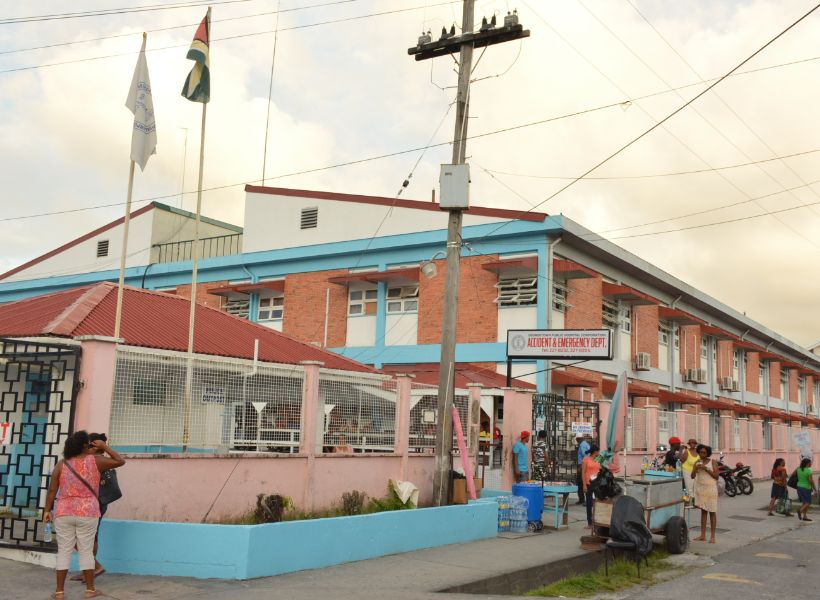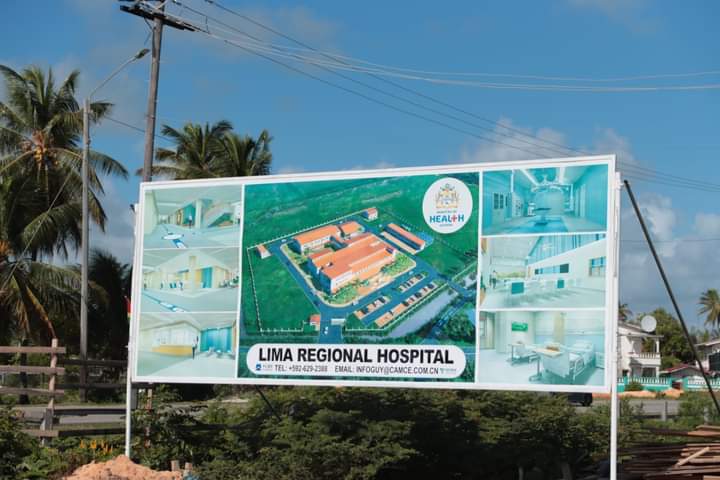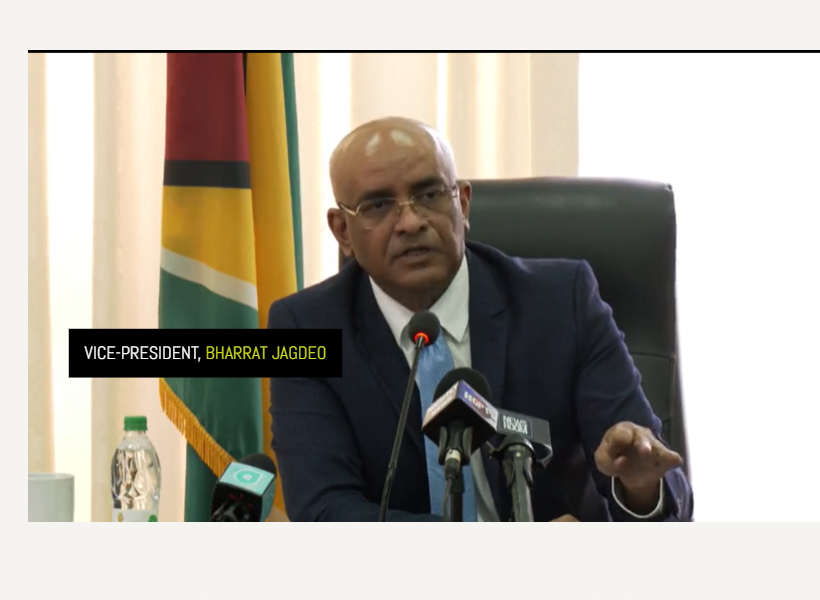By Staff Writer
The Guyana Government plans to dole out billions of dollars this year to boost its healthcare infrastructure even as the country continues to be plagued by the mass exodus of its nurses to greener pastures. With at least 12 new state-of-the-art facilities carded for this year alone, the lingering question is: How will the government staff these new institutions?
This issue of skilled healthcare professionals relocating has persisted close to a decade, prompting successive Guyanese governments to confront the matter, but to seemingly no avail. The current administration has now resorted to importing nurses to address the persistent shortage in this crucial healthcare category.
Health Minister, Dr Frank Anthony during his ministry’s end-of-year press conference last month, revealed that in addition to the 80 Cuban nurses that were employed in 2023, the Guyana Government is gearing to welcome 200 more by the end of January this year.
Those who are not persuaded by the allure of better wages in countries like the United Kingdom, and the luxury of having family tag along, are now required to work long hours here to fill the gaps. While the importation of labour is but a temporary fix, the Minister is hopeful that some strain will be taken off those local healthcare workers who have been pulling longer shifts. He noted that the government has already asked the Cuban government to send more nurses.

Aside from these measures, the government is also rolling out telemedicine programmes in 25 hinterland and rural areas. This initiative is expected to decrease both the number of patients physically attending healthcare institutions and waiting times to access medical attention. Each telemedicine site will be equipped with the requisite technological devices, which provide Community Health Workers (CHWs) stationed in the respective villages with 24-hour access to specialists from the Georgetown Public Hospital Corporation (GPHC).

However, even GPHC, the country’s premiere public facility, is already running at a deficit of some 600 nurses, with a staggering 107 resignations last year alone. With Guyana’s economy rapidly expanding and more hospitals and other healthcare facilities on the cards, it is estimated that some 4,000 nurses will be needed across the country in the coming years.
Weighing in on the issue last week, the country’s Vice President, Dr Bharrat Jagdeo noted that continuous training of locals and more importation of staff may likely be some of the long-term solutions.

“We’d have to keep training people all the time. We’d have to bring in people. We have some people now from other parts, the same way our nurses are being stolen. I think we may have to do some of this policy ourselves,” Jagdeo said.
He added, “You have some registered nurses around the world, who we may be able to recruit at pretty competitive rates – nearly competitive with what we pay a nurse now here – and we have to explore all sorts of things to keep our hospitals going,” he said.
The VP is also hopeful that with Guyana’s economy rapidly expanding, higher income levels may be enough to retain locals and attract foreign workers to staff these institutions.
The issue of healthcare worker migration is not unique to Guyana. In fact, it is a global phenomenon, with many countries registering concerns over the apparent poaching of its workers. An article published on January 10, 2024, in the biomedical research journal, “Nature Medicine”, noted that the global migration of doctors and nurses to work in high-income countries is hurting the world’s poorest people. Healthcare workforce shortages exacerbated by poaching from the global South | Nature Medicine
Conversely, countries and foreign organisations benefitting from the influx of healthcare workers have noted that migrating nurses help lift their families back home out of poverty. According to the United Nations Department of Economic and Social Affairs, on average, migrant workers send back about 15% of the money earned in their host country.
As highlighted in the CGFNS International Nurse Migration Report of 2022, these financial contributions not only support immediate family members but also have a ripple effect on local and national economies, stimulating growth and development. (Preziosi P, Kovner C. Migrating Nurses: More Than Addressing the U.S. Nurse Shortage. Policy, Politics, & Nursing Practice. 2023;24(3):155-156. doi:10.1177/15271544231183857)













